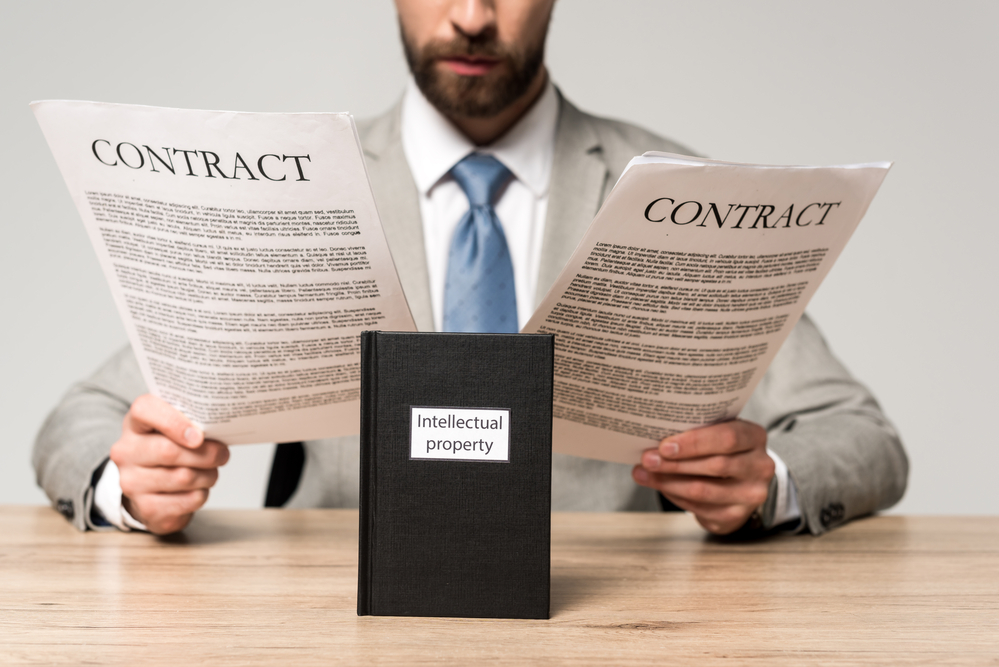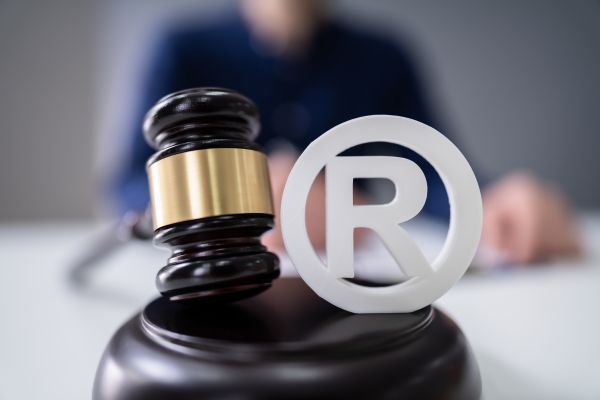עו”ד סער גרשוני הוא בעל תואר שני במשפט וטכנולוגיה אשר מאחוריו שנים של ניסיון בייצוג וייעוץ לבעלי זכויות קניין רוחני, הן במשפט פלילי והן במשפט אזרחי. עו”ד גרשוני מתמחה במתן ייעוץ אסטרטגי לחברות, החל משלב הקמתן וכלה במכירתן.
patents

During this period, it can be used only after purchasing a license for use and / or any other right (production, copying, distribution, sale and any other way of making a profit from the patent) from the patent owner. For 20 years no other person can make any use of the patent unless he acquires the said rights. Therefore, the exclusive rights are reserved to the inventor who took care to register the original patent.
The inventor’s part in the agreement in exchange for receiving the monopoly is to present his invention to the whole world in a way that will allow an average professional in the field to which the patent belongs to understand how it was created and how to realize it. This is so that at the end of the said period the whole world can make use of and take advantage of the invention, at no extra charge.
Why does the state agree to grant a patentde?
The goal underlying patent law is similar to the goals underlying the other branches of intellectual property: to incentivize creators to create. But in the case of patent law the goal is to stimulate technological development while encouraging the publication of the same technological knowledge, which without granting a patent would not have bothered to develop it or alternatively, the inventor would have chosen to keep the patent a trade secret so the whole world would not enjoy the patent.
At this point it is important to note that our firm specializes in strategic consulting for individuals and companies regarding the choice between registering a patent for an invention or, alternatively, keeping it a trade secret.
What can be patented for?
An inventor can file a patent application for inventions that are products or manufacturing processes in the industry. The law defines a patent as a new and useful invention, whether it is a product or a process in any technological field, which can be used industrially, and which has an inventive step.
The applicant must prove to the patent examiner that his invention is not only a brilliant idea but that it is applicable, feasible, innovative and inventively advanced and is in one of the fields of technology. Of course, an abstract idea cannot be defended, but the invention must be practical, even if the underlying idea is abstract.
For example, it is possible through patent law, for example, to claim rights to a mathematical formula within the framework of a particular product, but not as an abstract formula. In addition, marketing idea, scientific theory and computer software cannot be registered in most countries, as software is protected by copyright law.

What is the patent registration procedure?
The patent, which is local, was registered with the Jerusalem Patent Office, headed by the Registrar of Patents. When preparing the application it is necessary to detail the invention in such a way that an average professional in the field can understand how it works, and in addition include at least one “claim” (Claim), which defines the possible use of the invention, this is basically the scope of exclusivity claimed by the inventor. Accordingly, the manner in which claims are formulated is of the utmost importance, since, bad wording can make an invention of high economic value, almost completely worthless !!
After the application is made, it is necessary to submit it to the Patent Office, where it is numbered and the date of its filing is recorded. From this moment on, the application is waiting “in line” for its examination. When it comes to Torah it is examined by a patent examiner who checks whether the application is fulfilled
The requirements of the law indicated above. If there are defects or other problems in the application, the examiner sends an achievement to the applicant, and the applicant must respond to the achievement within the specified period of time and convince the examiner that the application can be registered as it is and / or correct the necessary correction. If the applicant has not done so within the required time frame the application will be canceled.
If the examiner has come to the conclusion that the invention deserves to be registered as a patent, a notice of receipt of the application will be published in the patent and design diary. This publication will include, inter alia, the name of the invention, the summary of the invention and the details of its owner. The purpose of the publication is to grant a window of opportunity to various parties interested in filing an objection to the granting of the patent, for the reasons specified in the law.
When a third party chooses to file an objection for any reason the Patent Registrar will hear the appeal, examine the grounds underlying the objection, allow the parties to make claims, summon witnesses and experts so that he can decide on the application. Once the Registrar has ruled in opposition, the parties have the right to appeal the Registrar’s decision in court. As long as the hearing between the parties is not over, the patent will not be granted to the applicant.




